10 book recommendations from AN editors to read before summer ends
Happy Labor Day (the unofficial end to summer)! To celebrate the occasion The Editors of AN have put together a list of books we’ve read this summer or titles in our to-be-read piles, that you can add to your’s. So before we swap out our beaches towels for blankets and our iced coffees for hot chocolates check out these books, which include a history of air conditioning, a look at modernist architecture in Socialist Vietnam, and a survey of funky midcentury motels in Wildwood, New Jersey. Stay cool, we will be back tomorrow with more architecture news.
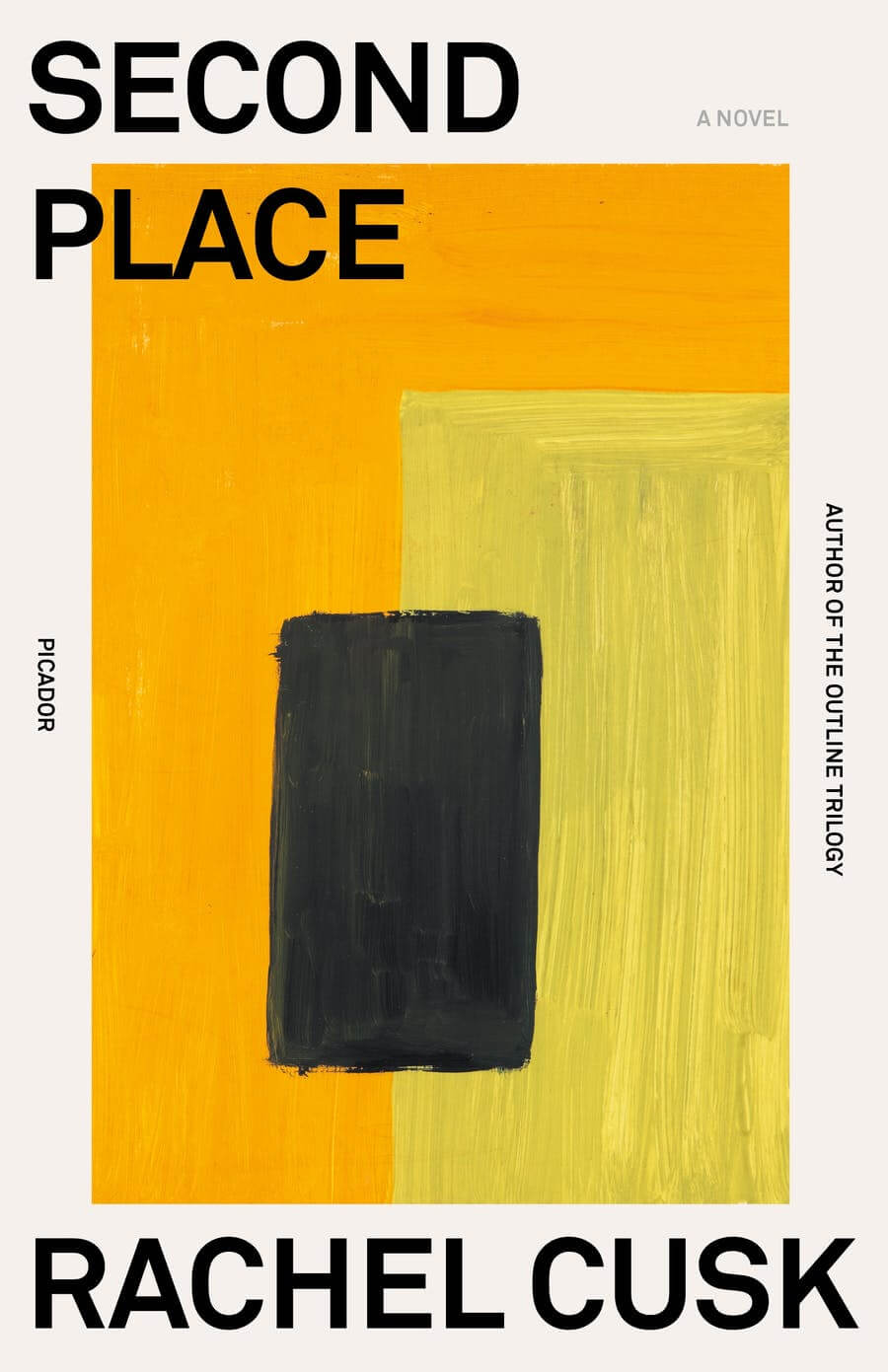
Second Place
By Rachel Cusk
Macmillan
This novel, written in the intense prose that Cusk perfected in her Outline trilogy, shows what happens when a painter (L, a man) comes to stay with the narrator (M, a woman) at a second house they’ve built on their property close to a marsh in England. (The text “owes a debt” to Mabel Dodge Luhan’s account of the time when D.H. Lawrence stayed with her in Taos.) The prose begins from spatial and material conditions: The titular “second place” is up the hill from the main house and includes floor-to-ceiling windows closed (at times) by “thick pale linen” curtains, white lime-plaster walls, and floorboards of wide chestnut planks. Three couples orbit each other, and the tension, largely between the two aforementioned main characters, builds through chance encounters and exchanges until it boils. The drama would feel pastoral if not for the sharpness of the writing as it swivels through M’s psyche.
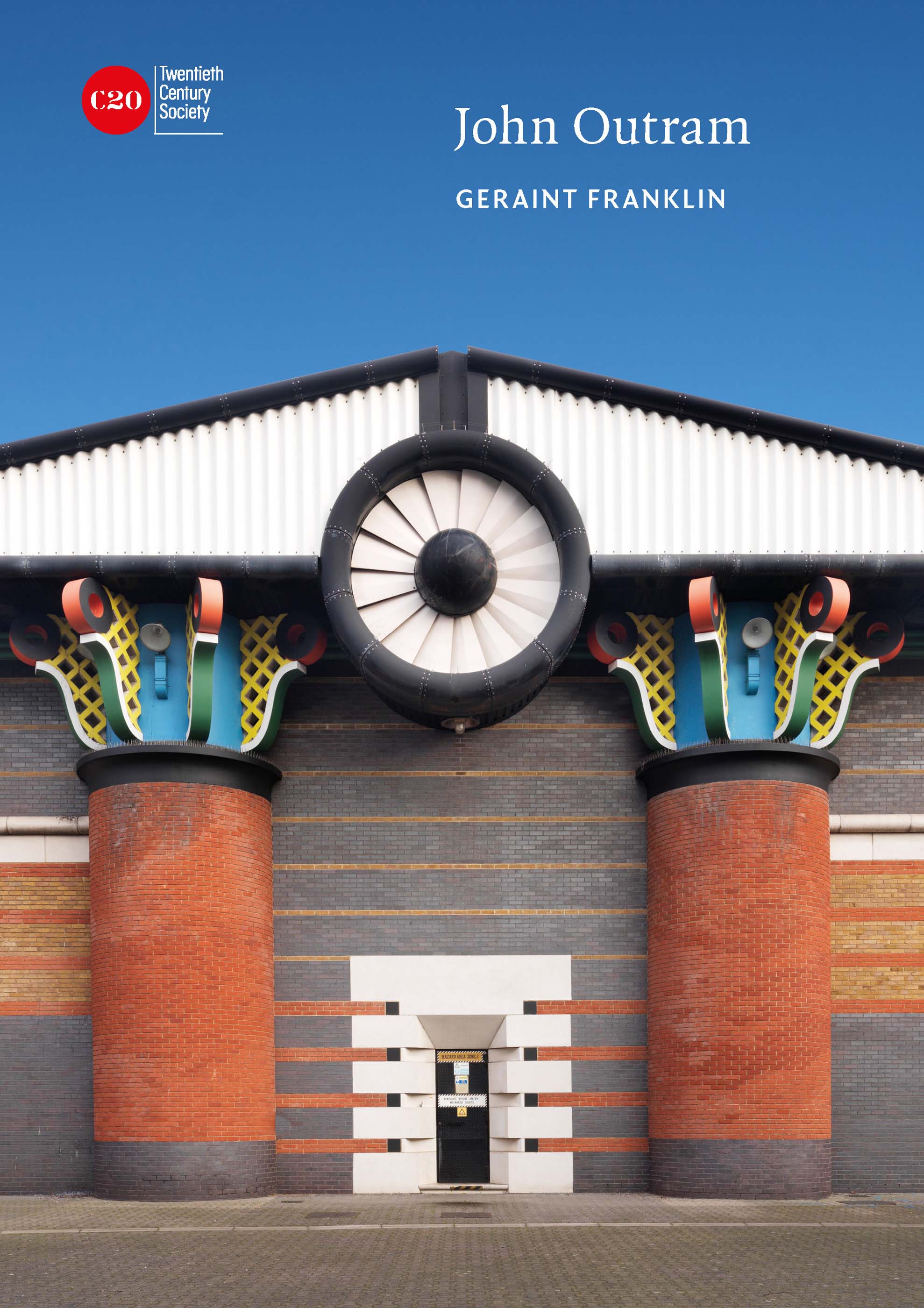
John Outram
By Geraint Franklin
Liverpool University Press
The fact that John Outram didn’t have a monograph until now is almost as surprising as his work. In this volume, architectural historian Geraint Franklin provides a biographical sketch of the architect before delving into the projects through text, drawings, and photographs. Outram’s wild expressions connect back to the longer tradition of architecture as a narrative device while also absorbing the construction realities of the late 20th century—hence, oversized columns filled with HVAC ducts and electronic wirings, our new robot order. Outram’s material richness, attention to regulated ornament, and intense use of color squarely locate him within postmodernism, but his endurance is impressive. As Anthony Paletta wrote in his review for AN, “Another distinguishing characteristic that lands Outram as the best postmodernist is that he’s still out here doing it.” Outram walked so that today’s color-sensitive designers like Adam Nathaniel Furman could run.

Queer Spaces: An Atlas of LGBTQIA+ Places & Stories
By Adam Nathaniel Furman and Joshua Mardell
Through a series of case studies, including a museum in Columbia and an institute for homophile studies in California, Queer Spaces highlights the spaces and places, seen and unseen, designed for LGBTQIA+. The book, as its full title suggests, functions more as an atlas—or even as Marianela D’Aprile suggested in her review for AN, “a survey.” Through essays the book describes settings and stories marked by Queerness, with historical and contemporary context and examples that prove a building’s life extends beyond its walls and is rather defined by its collective memory and the people and their actions that occupy it.
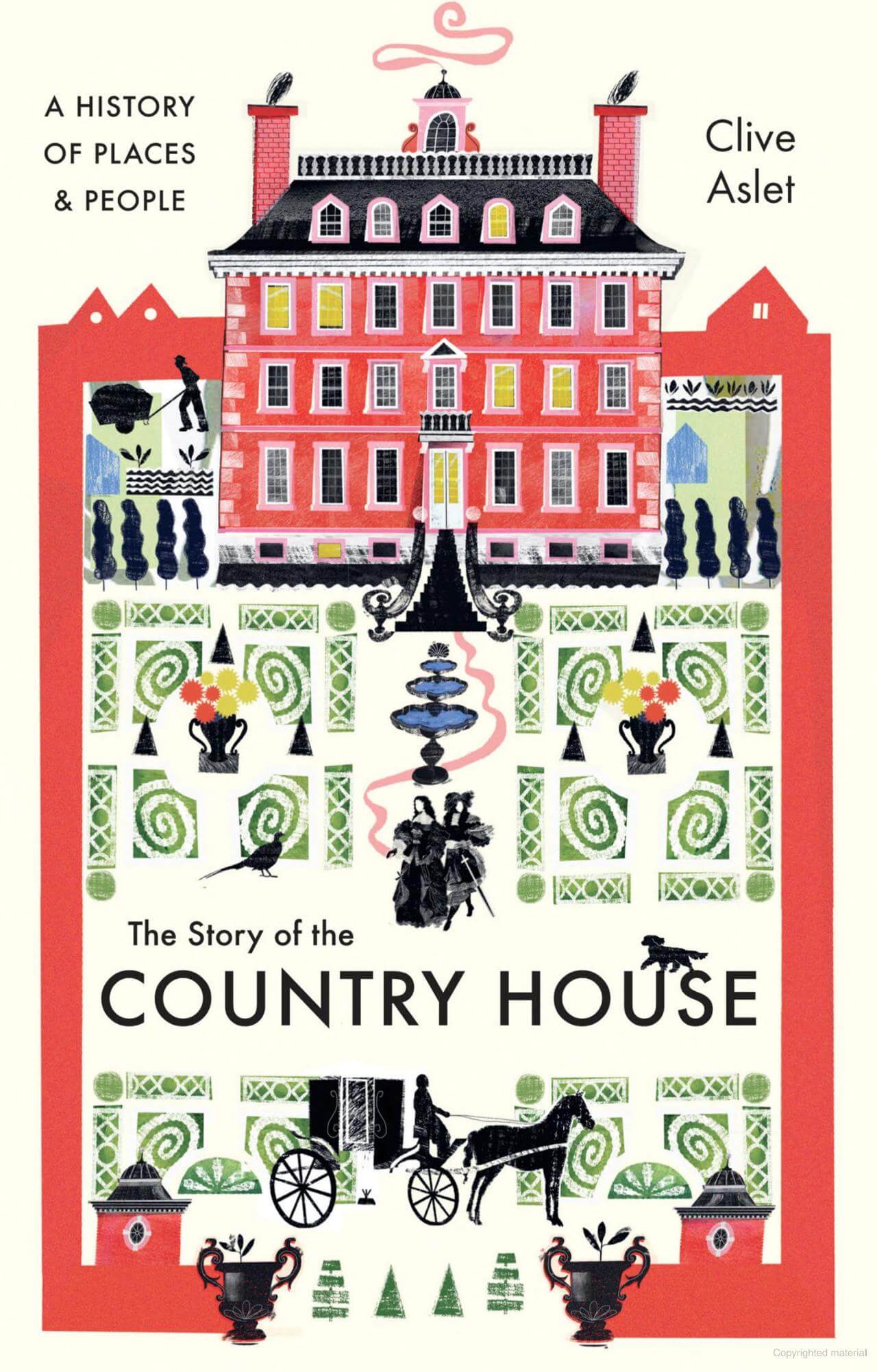
The Story of the Country House: A History of Places and People
By Clive Aslet
Yale University Press
Author and historian Clive Aslet follows the chronology of country home architecture in England, beginning in the early heavily ornamented Medieval period and finishing with today’s boxy, glass contemporary designs. The book is divided into chapters by architectural style, which in true British fashion are often named for the ruling monarch of that period. The history details prominent homes such as Blenheim Palace and Chatsworth House, while profiling architectural greats such as Inigo Jones, Robert Adams, and John Soane. Accompanying the text are anecdotes of the lavish estates and their residents, as well as beautifully illustrated drawings of many of the houses, poised alongside a trove of archival images that will have readers pining for their own English countryside residence to call home.
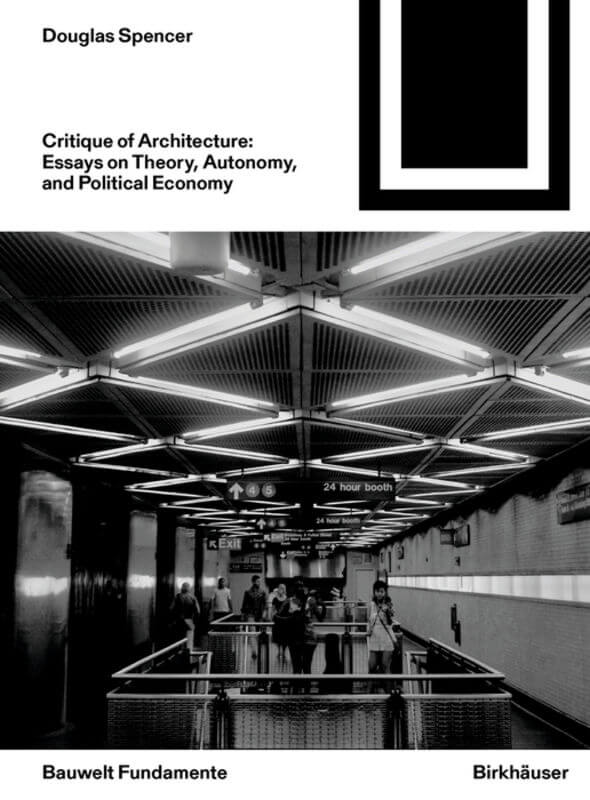
Critique of Architecture: Essays on Theory, Autonomy, and Political Economy
By Douglas Spencer
Birkhäuser
What passes for architectural theory is often detached from the realities of architecture’s production and worse off for it. Spencer however is a very astute observer not only of the details of architecture, but the production and social conditions that shape it. His previous work The Architecture of Neoliberalism: How Contemporary Architecture Became an Instrument of Control and Compliance skewered the parametric 90’s architects with a sharp political critique and he further sharpens his wits and depth in Critique of Architecture.
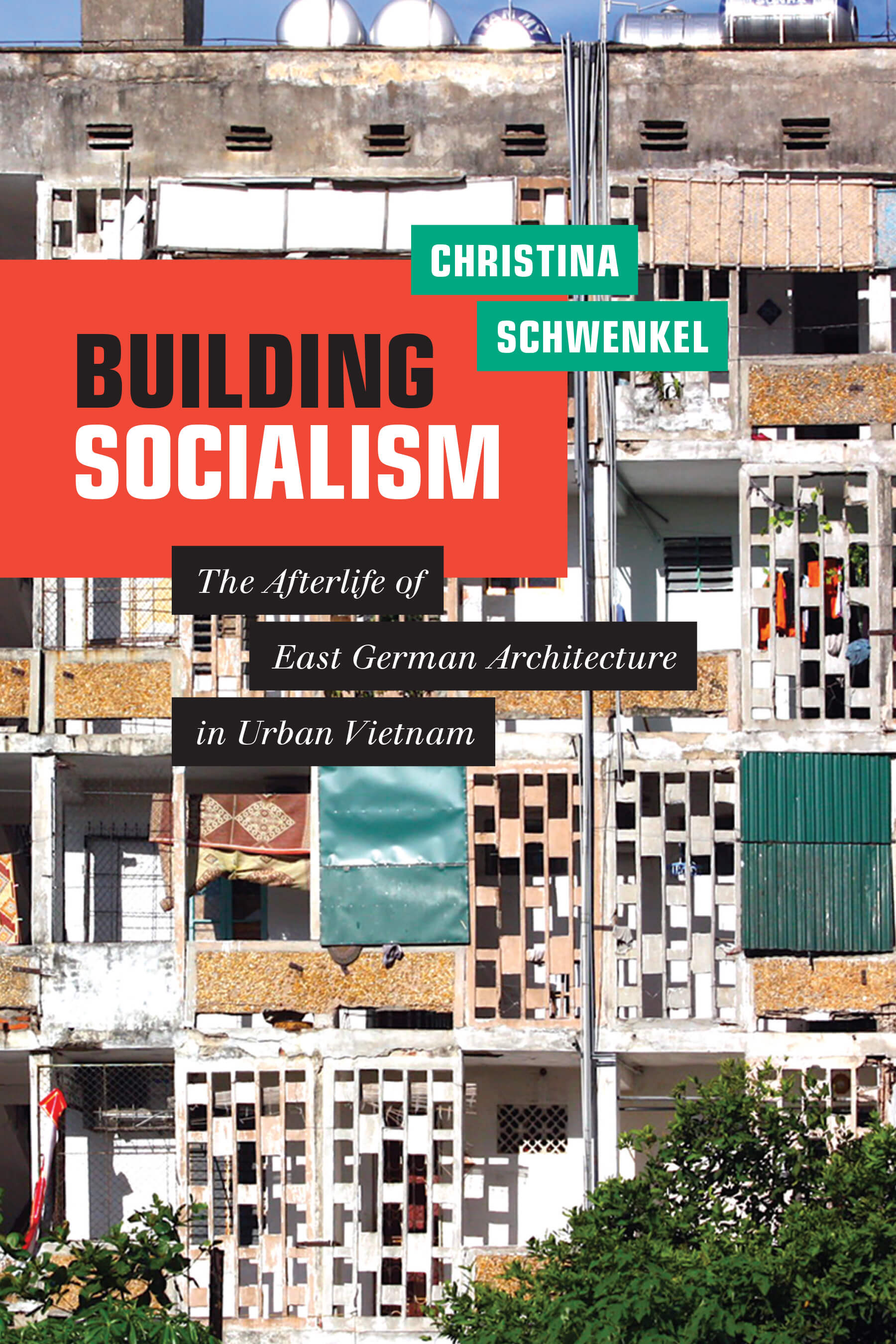
Building Socialism: The Afterlife of East German Architecture in Urban Vietnam
By Christina Schwenkel
Duke University Press
Building Socialism, as Vladimir Kulić, noted his review for AN, shines a light on Vietnam, a country not often presented in Western architectural history scholarship. The book shares personal accounts by anthropologist Christina Schwenkel who moved in 2010 to a modernist housing block in Quang Trung in downtown Vinh, a smaller Vietnam city. Through three parts the book subsequently addresses Vinh during the years of the Vietnam War, its later reconstruction aided by East Germany, and the city today in its dying state. In an anthropological analysis, using Quang Trung in Vietnam as an example, the book intertwines history, architecture, and politics the book highlights the failures of modern architecture, its utopian promises.

Architecture in Global Socialism: Eastern Europe, West Africa, and the Middle East in the Cold War
By Łukasz Stanek
Princeton University Press
The mid-20th century architectural histories of Accra, Lagos, Baghdad, Abu Dhabi, and Kuwait City are woven together in Łukasz Stanek’s Architecture in Global Socialism. Stanek’s history-driven research methodology goes to immense lengths to concretize how architectural thought traveled from the Eastern Bloc to the five cities dealt with in the book, acting as examples of the larger cultural exchange between the Eastern Bloc and the Global South. Stanek’s work of intellectual history reminds us that architectural ideas do not simply appear, or float from place to place, but, in this case, were products of designers and workers’ experience in educational exchanges and multinational design projects. Albeit an architectural history, Stanek comfortably situates himself within extra-disciplinary discussions of the non-aligned movement, models of socialist development, and urban theory—reminding the reader that design is never solely design for design’s sake. Foregoing formalist debates over the pros and cons of modernist aesthetics, Architecture in Global Socialism traces a lineage of a period of architectural history that is fundamentally separated from any exchange that could happen today. This is not to say that Stanek’s work has no modern utility; questions around the potential for vernacular architecture in an age of globalized design, divisions of labor within the industry, and the role of the architect in worldmaking reign large today.

After Cooling: On Freon, Global Warming, and the Terrible Cost of Comfort
By Eric Dean Wilson
Simon & Schuster
According to author Eric Dean Wilson the best way to beat the heat while reading After Cooling is to crank up your fan and wear as minimal clothing attire as possible. This book provides a chilling history and analysis of a global issue: the use of freon or chlorofluorocarbons (CFCs), a main cause of ozone depletion. In an ironic twist of fate the very object manufactured to keep us cooler actually made us hotter. After Cooling switches back and forth between the history of the refrigerant gas—its humble beginnings when it was heralded as modern innovation to its rapid decline as climate scientists pointed out its destructive nature—and the present—where the author tags along with Sam, who works for an environmental company driving around rural America buying up barrels of freon, which are he later destroys. After reading After Cooling you will rethink cranking up your air conditioner, comfort, but at what cost?

Motels of Wildwood: Postwar to Present
By Jackson Betz
Schiffer
If a sojourn on the New Jersey Shore isn’t on your late-summer agenda, settling down under the shade of a plastic palm tree with Motels of Wildwood: Postwar to Present might just be the next best thing. Released in March, this comprehensive survey of Doo Wop architecture—a distinctly Mid-Atlantic variation of the Googie style that flourished across Southern California during the mid-20th century—is presented by author Jackson Betz as a photo-rich “architectural diary” chronicling the rise, fall, and rediscovery of a movement defined by swooping lines, garish neon, glass walls, starburst ornamentation, and the finest in mini golf–esque landscaping. The largest concentration of surviving Doo Wop motels can be found in the Cape May County community of Wildwood Crest, home to The Aztec, The Sea Scape, The Jolly Roger, and The Caribbean, which stands as the NRHP–listed grand dame of Space Age design gone down the shore.
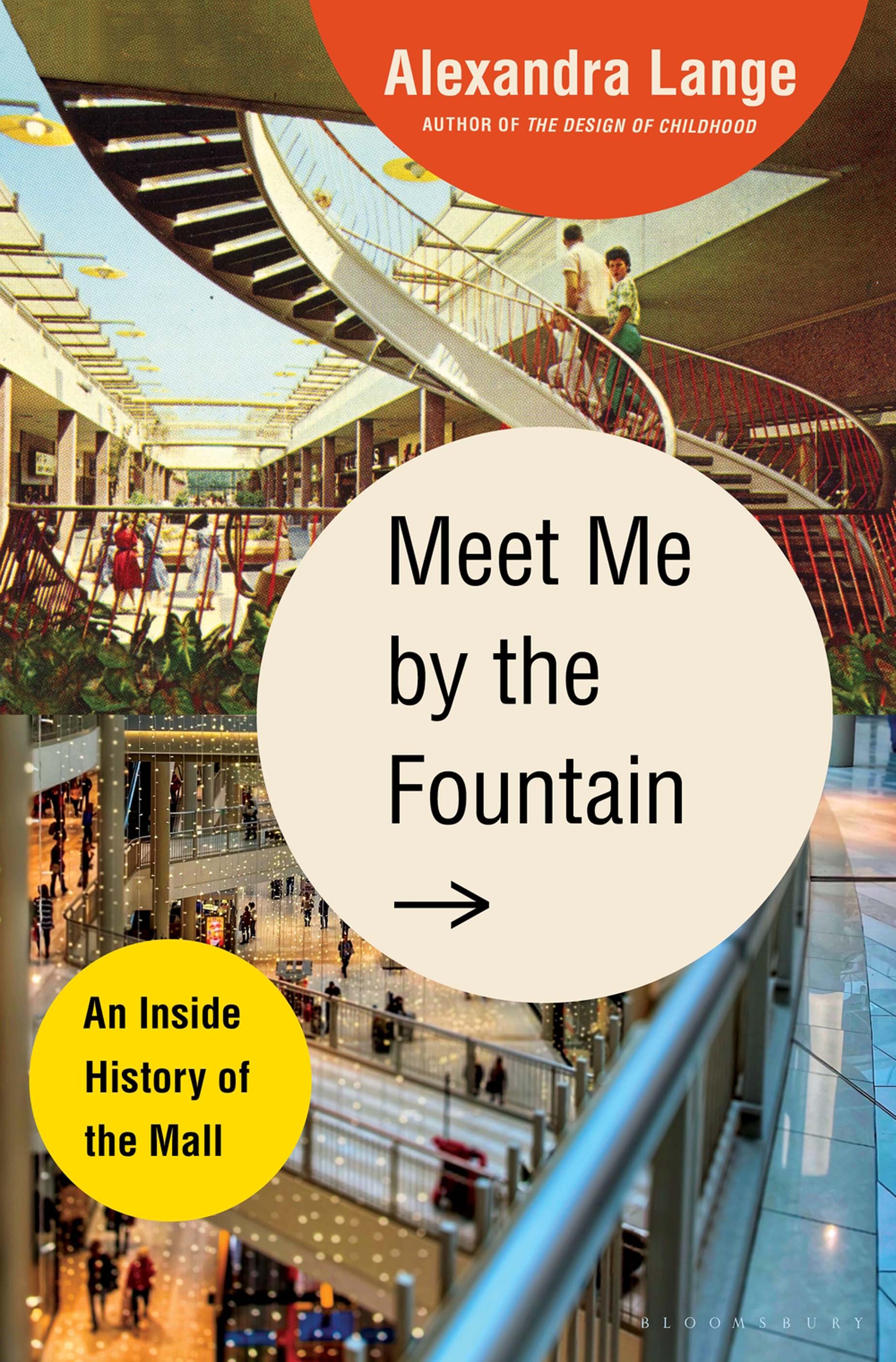
Meet Me by the Fountain
By Alexandra Lange
Bloomsbury
At around the same time a characteristic architectural style was booming along the southernmost reaches of the Jersey Shore, the suburban fringes of cities including Minneapolis, Detroit, and Dallas were giving way to a revolutionary phenomenon: the enclosed, climate-controlled shopping mall. Alexandra Lange’s Meet Me by the Fountain: An Inside History of the Mall is a deeply researched exploration of the shopping mall past, present, and future (?) that lends itself as a natural summertime page-turner. As Eva Hagberg noted in her review for AN, reading Meet Me by the Fountain is an “experience of constant satisfaction” and of anticipation as one jumps from chapter-to-chapter in hope that the Sears-anchored haunt(s) of their youth gets mention in Lange’s dizzying mall safari. The tertiary mall of my own childhood, The Commons at Federal Way (née the SeaTac Mall), does indeed come up late in the game, accompanied by a pleasing revelation: the same mall where my mother marshaled multiple back-to-school shopping trips (RIP Mervyn’s) was—news to me—the birthplace of Cinnabon. I’ve never felt so proud.

